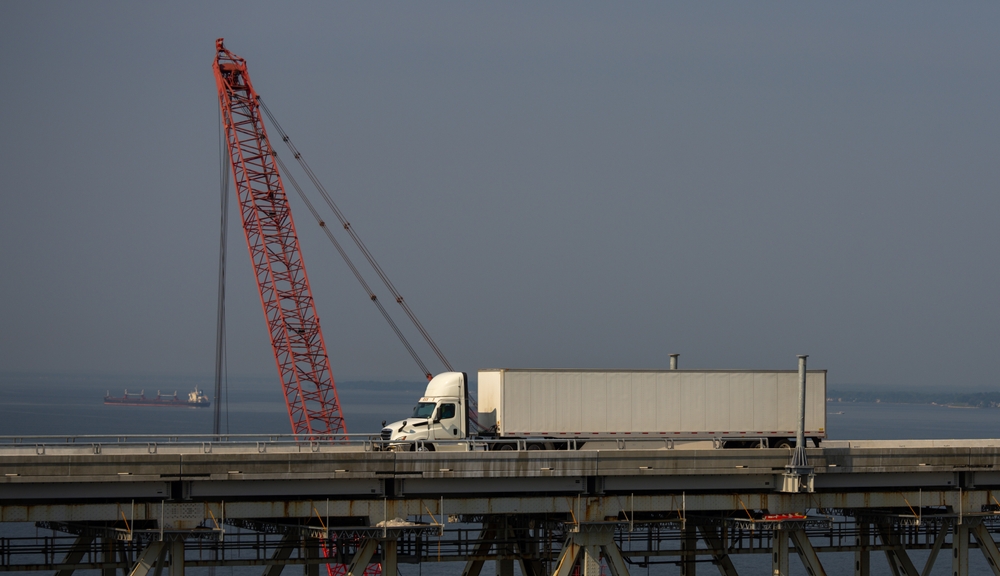
Navigating the fragmented freight market remains a complex task for shippers, especially when sourcing capacity in the spot market. With 90% of carriers operating fleets of five trucks or fewer, and 60% of those being owner-operators, managing relationships with small carriers presents significant challenges. Shippers and logistics providers are increasingly focused on vetting carriers to ensure safety, reliability, and compliance while managing rising customer expectations and the growing risk of freight fraud.
Challenges in the Spot Market
The primary issues facing shippers in the spot market include service degradation, limited capacity availability, and heightened risks of theft and fraud. Kevin Clonch, group director of global transportation procurement for Ryder System, notes that carriers prefer contract freight for its predictability, which allows them to maintain stable operations. However, for shippers seeking flexibility in the spot market, these preferences can limit options.
Carrier selection is not a simple process, as there are subtle but critical differences between carriers that may appear identical on the surface. Chris Burroughs, president of the Transportation Intermediaries Association, describes the process as nuanced and highly technical, with shippers and brokers requiring extensive insights into a carrier’s performance and safety metrics.
Rising Standards and Expectations
Shippers’ expectations have become more demanding as industries such as automotive and consumer packaged goods (CPG) impose stricter requirements. According to RXO, 85% of shippers enforce on-time, in-full (OTIF) standards, with 94% stating that OTIF metrics significantly impact their procurement strategies. This emphasis on reliability has led to increased pressure on carriers to meet precise pickup and delivery timelines.
Adam Angle, senior vice president of ITS Logistics, points out that shippers now expect end-to-end visibility and more specific operational standards, such as safety compliance, electronic data interchange (EDI) integration, and even driver-specific requirements like PPE usage or language skills.
Demand for Visibility and Resilience
Freight visibility has become a cornerstone of modern logistics. Shippers now expect real-time tracking not just of vehicles, but also of cargo details. Bryan McAnally of Redwood Logistics highlights that customers want to know not only where their freight is, but also what’s on the truck and its expected arrival time. Enhanced visibility improves operational resilience, allowing shippers and logistics providers to adapt quickly to disruptions.
The Role of Brokers and Technology
Given the complexity of carrier management, shippers increasingly rely on third-party brokers and logistics providers. Brokers like C.H. Robinson and Redwood Logistics offer databases of vetted carriers, leveraging technology to match shippers with carriers that meet specific requirements. Artificial intelligence (AI) and machine learning algorithms enable faster, more accurate matches, saving time for both shippers and carriers.
C.H. Robinson, for instance, tiers carriers into performance groups through its Carrier Advantage Program, while Redwood Logistics implements a five-step onboarding process that includes cross-checking phone numbers, email addresses, VINs, and risk profiles. These rigorous measures reduce the likelihood of fraud and ensure higher service quality.
Balancing Cost and Quality
While cost remains a significant factor in carrier selection, experts caution that cheaper rates often come at the expense of reliability and service. Lou Amo, president of truck brokerage for RXO, emphasizes the importance of balancing price with trust and performance. “Getting the cheapest rate is one thing, but quality service comes from trust built over an established working relationship,” he says.
In an RXO study, 60% of shippers reported becoming more demanding with their carriers to meet increasing expectations for faster and cheaper shipping. However, Clonch warns that disruptions, claims, and communication gaps can outweigh the benefits of lower rates, making value and reliability the most critical factors when choosing partners.
The Future of Freight Risk Management
Shippers and brokers must continue to adapt to the evolving freight landscape, implementing robust vetting processes, leveraging advanced technologies, and fostering trusted relationships with carriers. By prioritizing visibility, compliance, and service quality, the industry is working to navigate the challenges of a fragmented market while meeting the ever-rising demands of consumers and businesses alike.
Source:











Leave a Comment